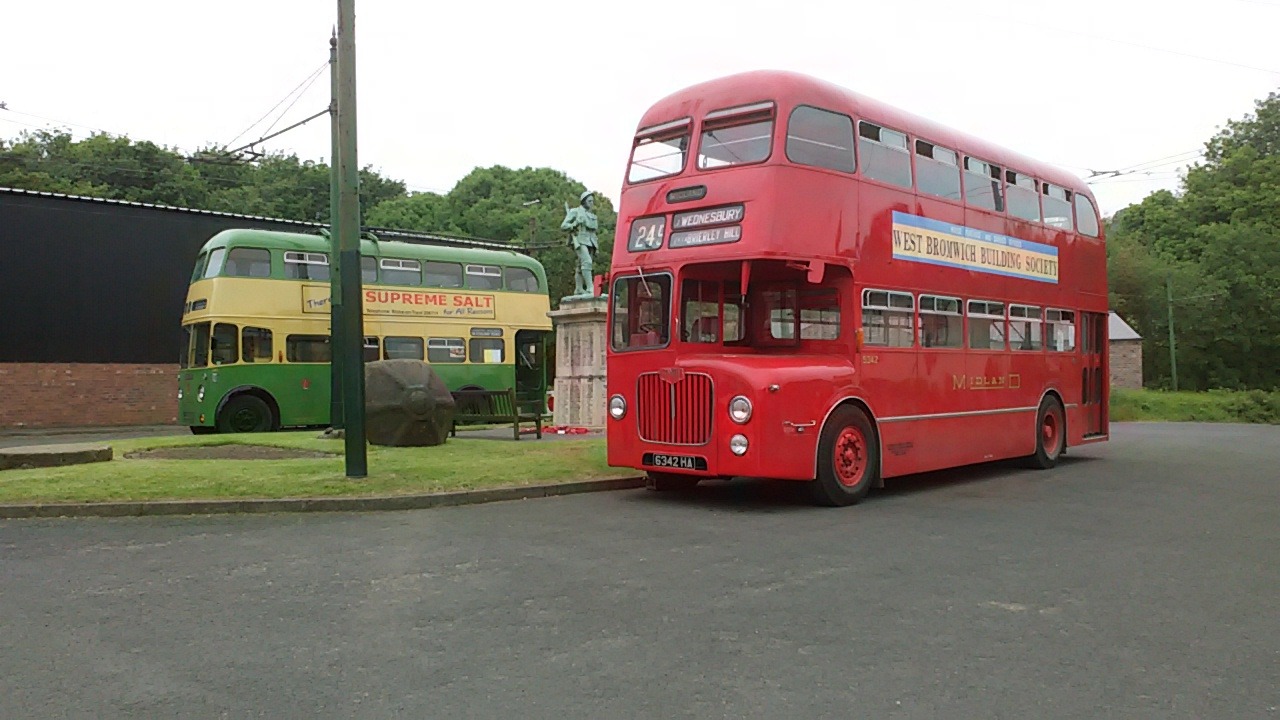The Industrial Revolution: When Horses Powered Cities

The Industrial Revolution, spanning from the late 18th to the early 19th century, marked a profound transformation in human society, technology, and urban life. While often celebrated for the rise of steam engines and mechanized factories, an often overlooked but crucial aspect was the pivotal role horses played in powering the burgeoning cities.
Horses as the Engines of Early Industrial Cities
Before the widespread adoption of steam power, horses were the primary source of urban transportation and labor. They pulled carts, carriages, and wagons loaded with raw materials, finished goods, and people. Their strength and endurance made them indispensable for moving heavy loads through crowded city streets.
Key Roles of Horses in Industrial Cities:
| Role | Description |
|---|
| Transportation | Horses pulled omnibuses and streetcars, facilitating mass transit before electric trams.
| Freight Movement | They hauled goods from docks to factories and markets, ensuring supply chains remained active.
| Construction Support | Horses transported building materials, aiding rapid urban expansion.
The Impact of Horses on Urban Development
The reliance on horses shaped city infrastructure. Streets were designed wide enough to accommodate horse-drawn vehicles, and stables became common fixtures in urban neighborhoods. However, this dependence also introduced challenges such as waste management, as horse manure accumulated in streets, posing health risks and necessitating early sanitation efforts.
Transition to Mechanized Power
As the Industrial Revolution progressed, steam engines and later electric power began to replace horses. This shift improved efficiency and reduced the environmental and logistical issues associated with horse-powered cities. Yet, the era when horses powered cities laid the groundwork for modern urban transportation and industrial logistics.
Frequently Asked Questions (FAQ)
Q1: Why were horses so important during the Industrial Revolution?
A1: Horses were the main source of power for transportation and labor before mechanized engines became widespread, enabling the movement of goods and people essential for industrial growth.
Q2: What problems did horses cause in cities?
A2: The large number of horses led to significant waste accumulation, which created sanitation challenges and health hazards in urban areas.
Q3: How did cities adapt to the use of horses?
A3: Cities expanded street widths, built stables, and developed early waste management systems to accommodate and mitigate the impact of horse-powered transport.
Q4: When did mechanized power replace horses?
A4: Mechanized power began to replace horses in the late 19th and early 20th centuries with the advent of steam engines, electric trams, and automobiles.
This expanded content offers a comprehensive look at the integral role horses played during the Industrial Revolution, highlighting their contributions and the challenges they posed in shaping early industrial cities.
